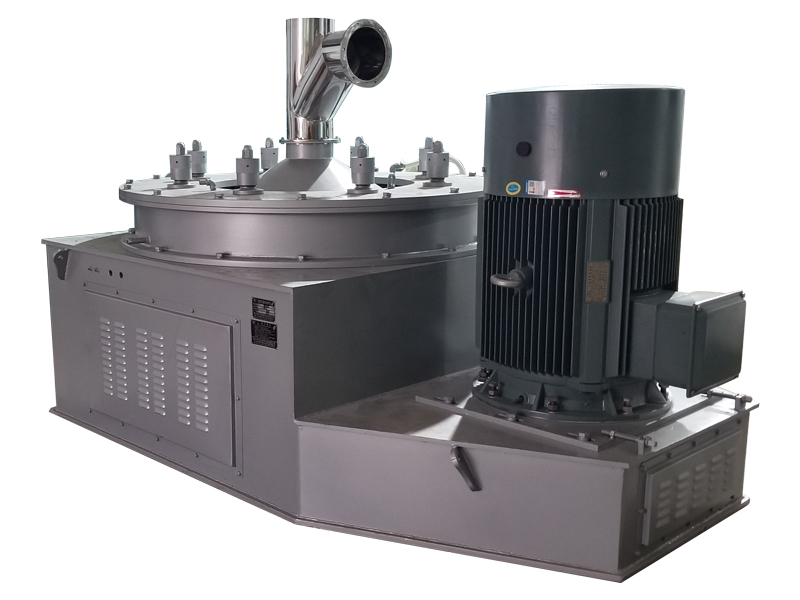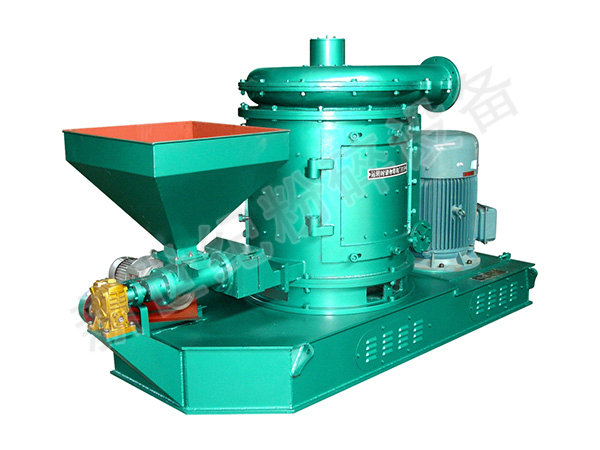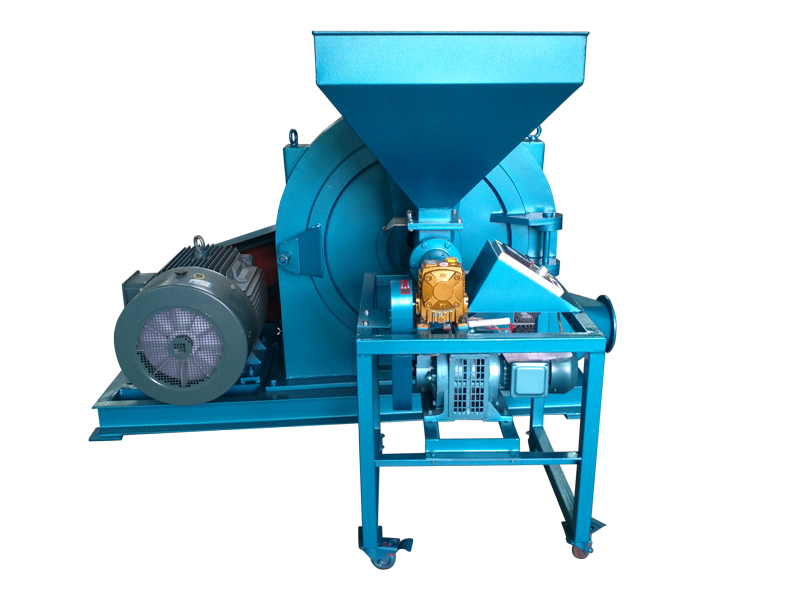A brief introduction to the process flow of the shredder and other shredders
Crusher process flow
The pulverizer process is closely related to the ingredient process, and can be divided into two types according to their combination form: first ingredient followed by pulverizer and first grinder followed by ingredient; According to the frequency of raw material crushers, they can be further divided into primary crushing process and secondary crushing process.
(1) Process flow according to ingredient and crushing sequence
I. The process of first crushing and then batching refers to crushing the granular raw materials that need to be crushed, entering the batching bin, and directly entering the batching bin for materials that do not need to be crushed, followed by batching and mixing processes. Its advantages are: the crushing of a single variety of materials is conducive to the good characteristics and optimal crushing efficiency of the crusher, and brings convenience to the operation and management of the crusher; During the maintenance of process equipment before crushing, it does not affect the production of subsequent processes such as batching and mixing, which is conducive to the full utilization of equipment production capacity. The disadvantage of the process of crushing before batching is that it requires two sets of silos, one for storing raw materials and the other for storing crushed materials, thereby increasing the investment of the factory.
2. The process of first ingredient and then crushing refers to the process of measuring and mixing all the various raw materials involved in the ingredient according to a certain proportion, and then crushing and mixing them. Its advantage is that the raw material warehouse doubles as the ingredient warehouse, which can save a lot of intermediate ingredient warehouses and control equipment, and simplify the process. This process is suitable for small feed factories or feed processing units. The disadvantages are: ① large installed capacity, which generally increases by more than 20% compared to the process of crushing before batching; ② Once the crusher malfunctions, the entire production should be stopped; ③ The transportation and measurement of multiple mixed materials are more difficult than a single variety, and the requirements for raw material cleaning equipment are high; ④ The different physical characteristics of the crushed raw materials can cause fluctuations in the load of the crusher.
The selection of the above two process flows should be determined based on the variety, proportion, and investment capacity of the raw materials. Generally, the proportion of grain raw materials is large and the investment is sufficient, so the process of crushing first and then batching should be adopted; Small scale feed factories can adopt the process of first ingredient and then crushing.
(2) Primary and secondary crushing process
1. One crushing process is to use a crusher to crush the particles into powder in one go. The advantages of this process are simple process and few equipment, but its disadvantages are uneven particle size of the finished product and high power consumption.
2. The secondary crushing process is to compensate for the shortcomings of the primary crushing process. After the first crushing, the crushed material is screened and the coarse particles are further crushed. Its advantages are uniform particle size of the finished product, high output, and low power consumption. Its disadvantage is to increase equipment such as grading screens, elevators, and crushers, and increase investment in factory construction. The secondary crushing process can be divided into three types: single cycle secondary crushing process, stage crushing process, and combined crushing process.
(1) Roller crusher
The roller crusher is composed of a cast iron frame, a feeding roller, a grinding roller, a cleaning brush and its adjustment mechanism, a transmission mechanism, etc. Grinding roller








